Dexcom G7 15 Days CGM Release Date: Longest Lasting Continuous Glucose Monitor
The FDA granted clearance to the Dexcom G7 15 Day Continuous Glucose Monitor in April 2025 which introduced a groundbreaking CGM technology era. The dexcom g7 15 days system provides 50% longer wear time than its predecessor with best-in-class accuracy to become the longest wearable CGM available in the market today.
Launch Timeline and FDA Approval
The FDA cleared the Dexcom G7 15 Day for market release on April 10, 2025 and the company announced its plan for full commercial availability during the second half of 2025. We got word that the G7 15-day CGM will be launched in mid to late September 2025. The product approval resulted from thorough clinical testing which proved the product’s safety and its superior accuracy when worn for 15.5 days.
The FDA approved this system for adults aged 18 and older with diabetes just like the first G7 model received approval. Dexcom is working to establish compatibility with automated insulin delivery (AID) systems before launching the system to the market in full.
Unprecedented Accuracy Performance
Clinical Study Results
The accuracy of the dexcom g7 15 days system was validated through a rigorous multicenter clinical study published in Diabetes Technology & Therapeutics. The study enrolled 130 adults with diabetes and analyzed over 20,300 CGM-YSI matched pairs, demonstrating exceptional performance across multiple metrics.
Key Accuracy Metrics
- Overall MARD: 8.0% (compared to 8.2% for the 10-day G7)
- %15/15 Agreement Rate: 87.7%
- %20/20 Agreement Rate: 94.2%
- %30/30 Agreement Rate: 98.9%
- %40/40 Agreement Rate: 99.8%
- Consensus Error Grid: 99.9% of readings in zones A and B
The study confirmed that 93.8% of individual sensors achieved greater than 80% accuracy within the 20/20 criteria, with consistent performance maintained throughout the entire 15.5-day wear period.
Comprehensive Feature Comparison: G7 10-Day vs G7 15-Day
| Feature | Dexcom G7 (10-Day) | Dexcom G7 15 Days |
|---|---|---|
| Wear Time | 10 days + 12-hour grace period (10.5 days total) | 15 days + 12-hour grace period (15.5 days total) |
| Overall MARD | 8.2% | 8.0% |
| Per-Sensor MARD | 8.8% | 8.2% |
| Warm-up Time | 27 minutes | 27 minutes |
| Reading Frequency | Every minute | Every minute |
| Age Approval | 2+ years | 18+ years (initial approval) |
| Sensor Size | 32mm diameter x 7mm height | 32mm diameter x 7mm height |
| Adhesive Technology | Standard | Enhanced for extended wear |
| Expected Sensor Life | ~100% completion rate | ~74% completion rate (26% may not last full 15 days) |
| Cost per Month | Standard pricing | Similar monthly cost expected |
| Integration Ready | All major AID systems | Pending integration updates |
Here’s my Dexcom G7 10-day review!
Technical Specifications Deep Dive
Extended Wear Technology
The dexcom g7 15 days system incorporates several technological improvements to achieve the extended wear time:
- Enhanced Adhesive Formula: Improved biocompatible adhesive designed to maintain secure attachment for 15.5 days
- Optimized Sensor Chemistry: Advanced glucose oxidase enzyme technology for sustained accuracy
- Improved Calibration Algorithm: Refined signal processing to maintain precision over extended periods
- Reinforced Sensor Design: Enhanced structural integrity to withstand longer wear periods
Real-World Performance Expectations
According to Dexcom’s clinical data, approximately 73.9% of sensors lasted the full 15 days in clinical trials. This means that about 26% of sensors may not complete the entire wear period, which users should factor into their expectations and supply planning.
Cost Analysis and Insurance Considerations
Expected Pricing Structure
While specific pricing for the dexcom g7 15 days hasn’t been finalized, Dexcom indicates that the monthly cost should be similar to the current G7 system. This pricing strategy makes sense given the longer wear time offset by potentially higher per-sensor costs.
Insurance Coverage Outlook
| Coverage Type | Current G7 Status | Expected G7 15-Day Status |
|---|---|---|
| Commercial Insurance | Widely covered, $89/month typical copay | Similar coverage expected |
| Medicare | Covered with receiver requirement | Coverage pending, likely similar requirements |
| Medicaid | State-dependent coverage | Will vary by state |
| No Insurance | ~$3,800/year retail | Similar annual cost expected |
| Pharmacy Programs | 50%+ savings available | Discount programs likely to continue |
Cost-Benefit Analysis
The extended wear time of the dexcom g7 15 days system offers several economic advantages:
- Fewer sensor changes: 24 sensors per year vs. 36 for 10-day systems
- Reduced insertion-related waste: Fewer applicators and packaging
- Lower shipping frequency: Less frequent prescription refills
- Decreased clinic visits: Fewer sensor-related issues and replacements
Practical Selection Guide: Choosing the Right CGM
Who Should Consider the Dexcom G7 15 Days
Ideal Candidates:
- Adults with stable sensor adhesion history
- Frequent travelers who benefit from fewer sensor changes
- Patients seeking maximum convenience and minimal diabetes management burden
- Users comfortable with potentially higher sensor replacement rates
- Those prioritizing cutting-edge accuracy performance
Consider Alternatives If:
- You’re under 18 years old (current age restriction)
- You frequently experience adhesive reactions
- You prefer the security of more frequent sensor changes
- Cost optimization is your primary concern
- You require immediate AID system integration
Decision-Making Framework
| Factor | Weight | G7 10-Day Score | G7 15-Day Score |
|---|---|---|---|
| Convenience | High | 7/10 | 9/10 |
| Accuracy | High | 9/10 | 9.5/10 |
| Reliability | High | 9/10 | 7.5/10 |
| Cost Efficiency | Medium | 8/10 | 8.5/10 |
| Integration | Medium | 10/10 | 7/10 (pending) |
| Age Flexibility | Low | 10/10 | 6/10 |
Implementation Best Practices
Maximizing Sensor Life
To optimize the performance of your dexcom g7 15 days system:
- Site Preparation: Clean insertion site thoroughly and allow complete drying
- Adhesive Enhancement: Consider overlay patches for additional security
- Activity Considerations: Avoid high-impact activities during first 24 hours
- Moisture Management: Use waterproof covers during extended water exposure
- Site Rotation: Rotate between approved sites to prevent tissue irritation
Troubleshooting Extended Wear
Common challenges and solutions for 15-day wear:
- Adhesive Lifting: Apply medical-grade tape around edges
- Signal Loss: Ensure smartphone stays within range; avoid metal interference
- Accuracy Drift: Perform calibration checks if readings seem inconsistent
- Skin Irritation: Rotate sites more frequently; consult healthcare provider
Comparing Accuracy Across Wear Periods
| Wear Period | MARD Performance | Clinical Notes |
|---|---|---|
| Hours 0-12 | 83.4% (%20/20) | Post-warmup performance |
| Days 1-3 | Optimal accuracy | Peak sensor performance |
| Days 4-7 | Sustained accuracy | Stable enzyme activity |
| Days 9-12 | Maintained accuracy | Continued reliability |
| Days 13-15.5 | Consistent accuracy | End-of-life performance |
The clinical data demonstrates that the dexcom g7 15 days maintains consistent accuracy throughout its wear period, with no significant degradation in performance during the final days of use.
Future Implications and Market Impact
Industry Leadership
The launch of the dexcom g7 15 days system solidifies Dexcom’s position as the accuracy leader in CGM technology. With the longest wear time and lowest MARD in its class, this device sets a new standard for competitor products to match.
Technology Roadmap
This extended-wear technology represents a stepping stone toward even longer-duration sensors, with industry experts anticipating 30-day sensors within the next decade. The lessons learned from the 15-day system will inform future innovations in sensor chemistry and adhesive technology.
Clinical Evidence and Safety Profile
The comprehensive clinical trial demonstrated an excellent safety profile with no serious adverse events related to the device. The study reported:
- Device-related adverse events: 2.3% of participants (4 mild-to-moderate events)
- User satisfaction: 98.4% found insertion easy or very easy
- Comparison preference: 91.7% rated it equal or easier than their current CGM
- Alert performance: 82.0% true alert rate for hypoglycemia, 95.4% for hyperglycemia
Conclusion: The Future of CGM Technology
The Dexcom G7 15 Day CGM represents a significant advancement in diabetes management technology. With its combination of extended wear time, improved accuracy, and maintained safety profile, the dexcom g7 15 days system offers compelling advantages for adult users seeking convenience without compromising performance.
While the 26% sensor failure rate requires consideration in supply planning, the overall benefits of fewer sensor changes, enhanced accuracy, and maintained feature set make this an attractive option for many users. As AID system integration becomes available and the age range potentially expands, the G7 15-day system is positioned to become the new standard in continuous glucose monitoring.
For healthcare providers and patients considering this technology, the decision should be based on individual needs, lifestyle factors, and comfort with the trade-offs between extended wear convenience and the potential for earlier sensor failures. The dexcom g7 15 days system represents not just an incremental improvement, but a meaningful step toward truly seamless diabetes management.
The Dexcom G7 15-day CGM is expected to be available in the United States in the second half of 2025. NOTE: I spoke to a Dexcom representative last week and she said the G7 15-day CGM will be launched in mid to late September 2025. Patients interested in this technology should consult with their healthcare providers about prescription and insurance coverage options.
Image Credit
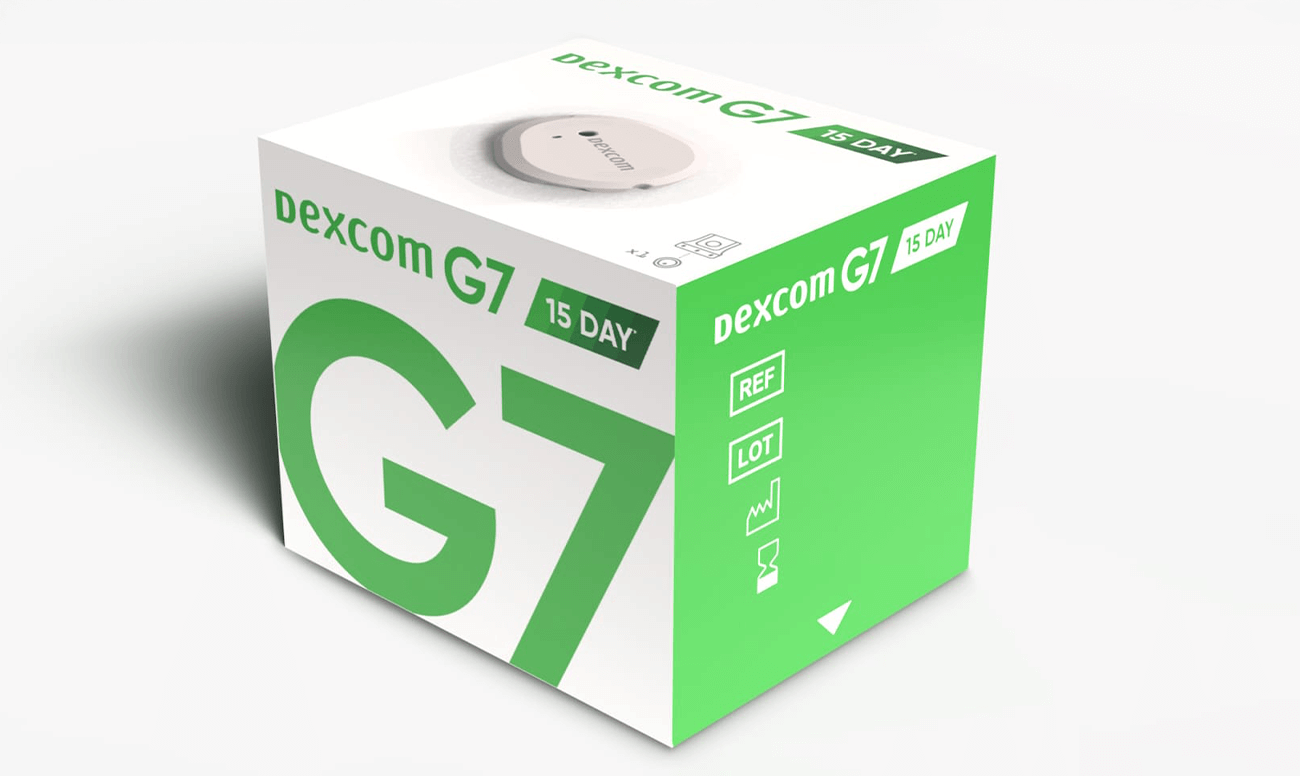

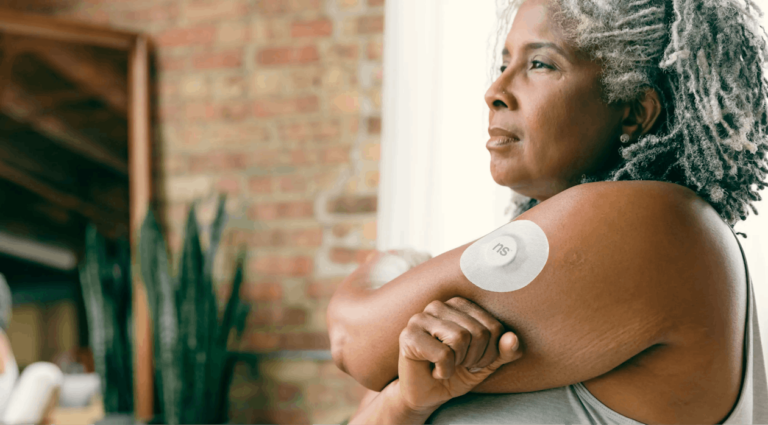
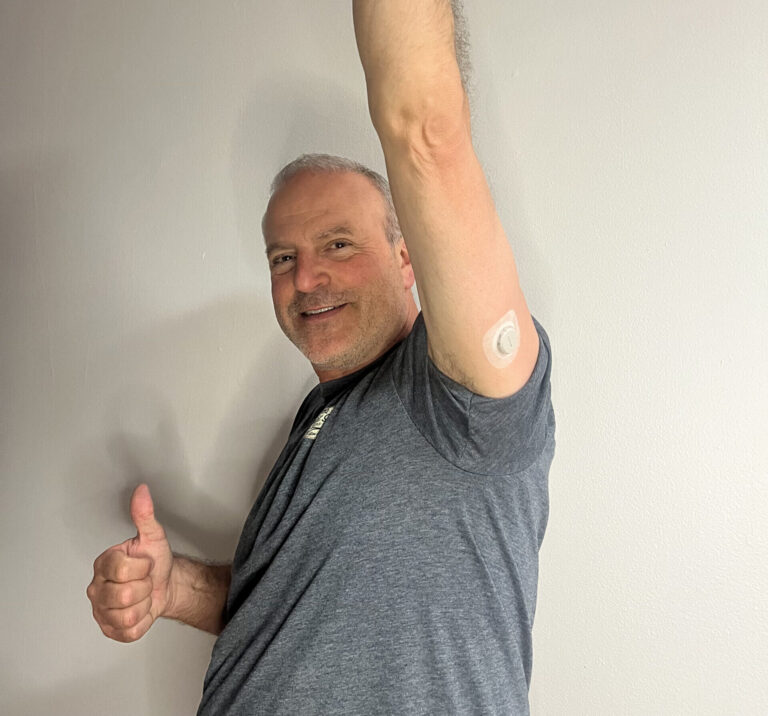
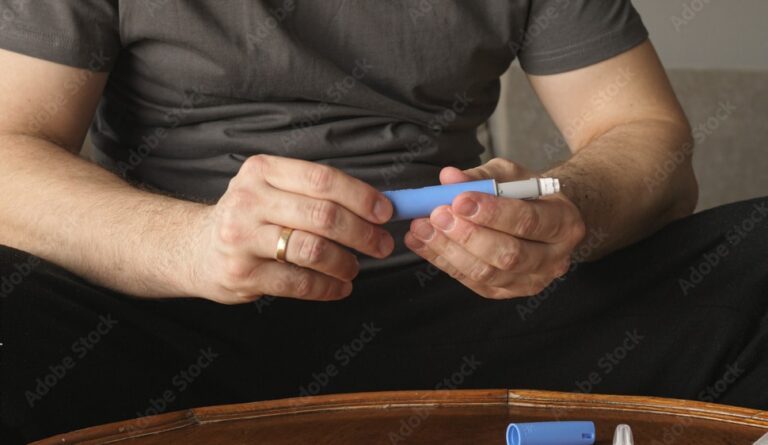
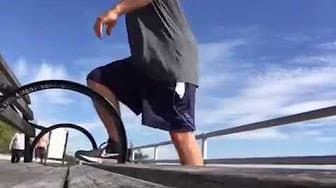

Leave a Reply